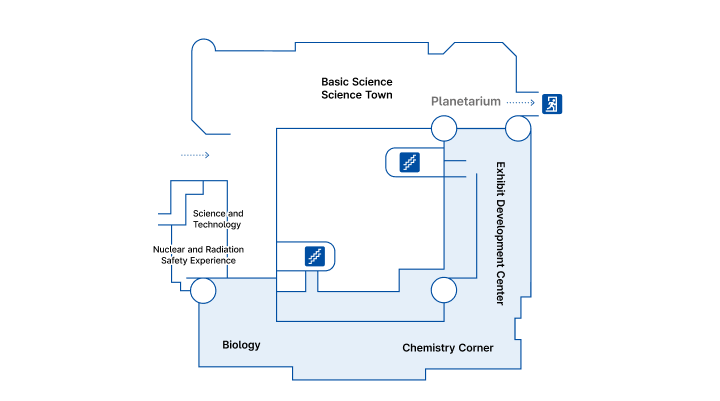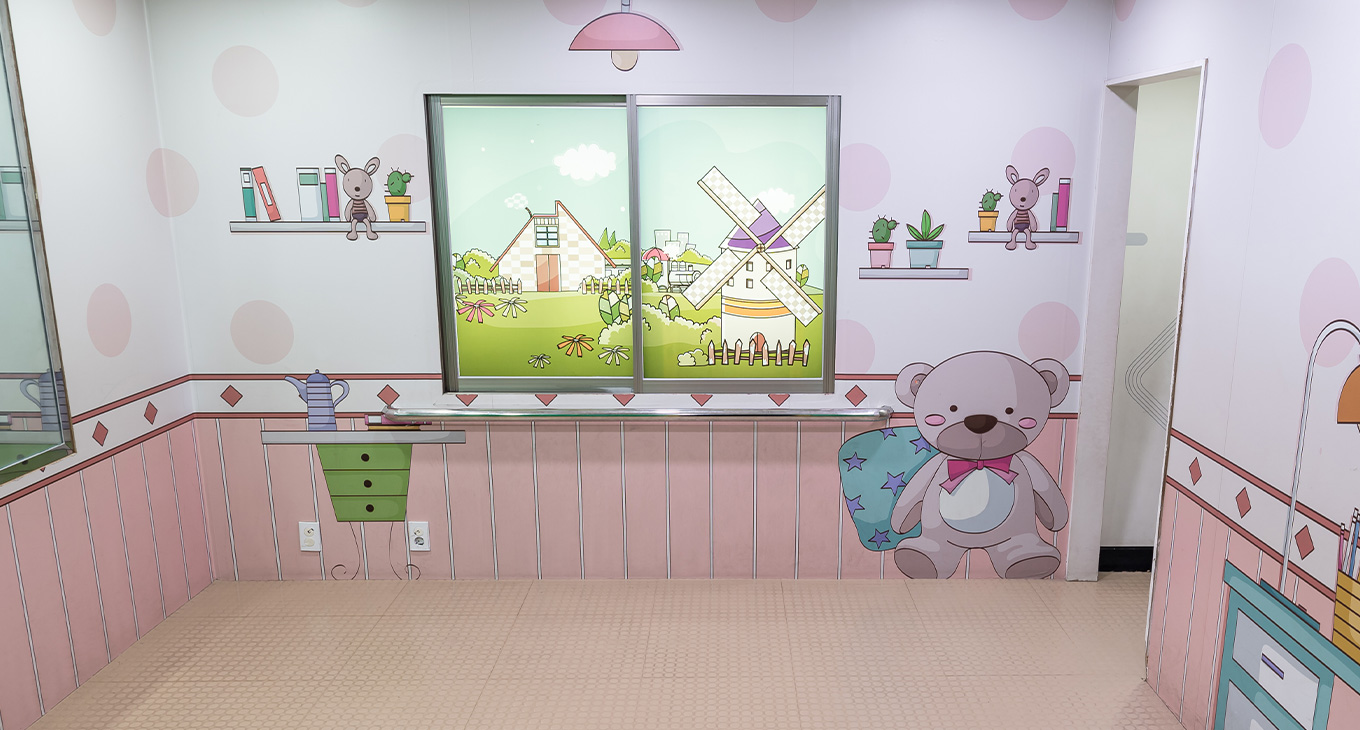Science & Technology Hall
Exhibition Guide

Basic Science·Chemistry·life and science
This corner is to help you realize through interactive experiences that science is not difficult but rather fun and easy. It offers an opportunity for you to logically understand the scientific phenomena you may encounter in your everyday life and helps develop the ability objects in-depth. The Climate Change and Countermeasures section focuses on the environmental impacts of climate change. The Mathematics corner displays hands-on exhibits to help children understand mathematics with ease. The Basic Science corner also exhibits items on energy preservation, light and sound. It displays hands-on installations such as Energy Conservation, Motion Sickness Room and Infrared Light Exploration so that visitors can understand scientific principles directly by operating the exhibits themselves.
















